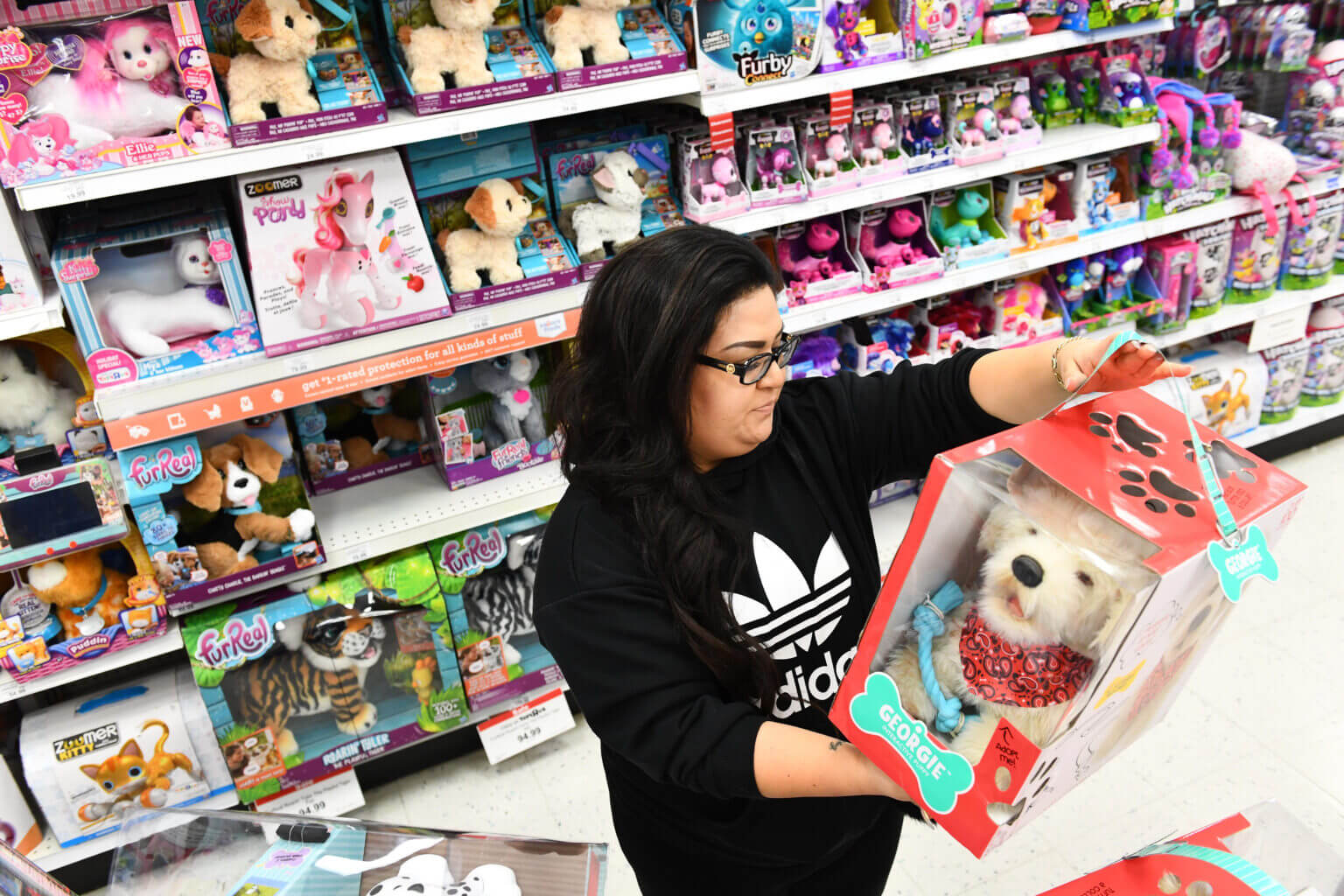Surge in Toy Prices Signals Rising Costs Amid Trade Tensions
The cost of toys is experiencing an unprecedented acceleration, marking the fastest increase on record, primarily driven by new tariffs impacting an industry heavily dependent on imports from China. With approximately 75% of toys sold in the United States originating from Chinese factories, recent trade policy shifts are beginning to significantly influence retail prices and supply chains.
Record-Breaking Price Hikes and Economic Indicators
Between April and May, the prices of toys, including games and outdoor play equipment, surged by an all-time high of 2.2%, starkly contrasting the modest 0.1% inflation rate observed across all consumer goods during the same period, according to data from the Bureau of Labor Statistics. Industry experts anticipate this upward trend will intensify in the upcoming months as manufacturers and retailers grapple with escalating costs and pass them onto consumers.
Industry Leaders Warn of a Domino Effect
Isaac Larian, CEO of MGA Entertainment-famous for brands like L.O.L. Surprise, Little Tikes, and Bratz-acknowledges the price increases but warns that the inflationary pressures are just beginning. “The current rise in prices is only the tip of the iceberg,” he explains. “We’re on the verge of a cascade of effects: prices will climb further, shelves may become emptier, and innovation could slow down due to cost constraints.”
Trade Policies and Their Impact on the Toy Sector
Trade data reveals that over three-quarters of toys sold in the U.S. are imported from China, making the industry particularly susceptible to tariffs. This year, tariffs on Chinese imports have fluctuated dramatically, reaching as high as 145%, though they are presently set at 30% following a temporary 90-day reprieve that is scheduled to expire in early August. These tariffs are directly influencing retail prices and supply chain costs.
Real-World Examples of Cost Increases
In Keene, New Hampshire, local retailer Douglas has increased prices by 5% on plush toys like bears and flamingos to offset tariff-related expenses. The company imports a significant volume of toys from Southeast Asia, including Indonesia and Vietnam, with each shipping container valued at approximately $100,000. President Scott Clarke reports that tariffs on these shipments have ranged from $10,000 to $145,000 per container this year, forcing him to transfer these costs to small businesses and consumers alike.
Government Stance and Industry Response
While President Donald Trump has suggested that tariffs might lead to higher toy prices, he downplayed their impact on families and businesses, implying that consumers could simply buy fewer toys or opt for less expensive options. During his administration’s first term, certain toy imports enjoyed exemptions from the 25% tariffs, but such relief has not been extended in recent trade negotiations.
Consumer Behavior and Retail Strategies
Retailers are adjusting their holiday strategies, focusing on bestsellers like classic board games and affordable dolls, while avoiding large, costly playsets. Amy Rutherford, owner of Pippin Toy in Alexandria, Virginia, notes that customers are already shifting toward lower-priced items, such as spending $30 on a plush toy instead of $75, a trend likely to continue as prices rise.
Manufacturers’ Price Adjustments and Market Outlook
In response to tariffs, toy manufacturers are raising prices by as much as 36% on popular items, including Jellycat stuffed animals, Crocodile Creek puzzles, and sensory bottles from Jellystone Designs. Even industry giants like Mattel and Hasbro are signaling caution; Mattel recently abandoned its annual financial forecast due to economic volatility, while Hasbro announced a 3% workforce reduction amid concerns over rising costs and trade uncertainties.
Dependence on China and Supply Chain Challenges
The U.S. toy industry’s deep-rooted reliance on Chinese manufacturing has persisted for decades, owing to the country’s ability to produce low-cost goods rapidly. Additionally, safety testing for toys sold in the U.S. is predominantly conducted in Chinese-based labs, further entrenching China’s role in the supply chain. This interconnectedness makes it exceedingly difficult for retailers and importers to avoid Chinese components or manufacturing processes.
Small Business Perspectives and Future Uncertainty
Caroline Rodrigues, owner of Merci Milo toy shops in Los Angeles and Portland, reports that nearly all her inventory has some link to China. She has already increased her prices by 20-30% to cope with tariffs and is closing her Portland store to cut costs. The unpredictable nature of trade policies and import costs complicates planning, with each shipment incurring tariffs ranging from a few dollars to several thousand dollars, making future forecasting nearly impossible.
Looking Ahead: Navigating a Turbulent Market
As tariffs continue to influence the toy industry, both manufacturers and retailers are bracing for ongoing disruptions. Consumers are likely to see fewer choices, higher prices, and a shift toward more affordable, classic toys. The industry’s heavy dependence on Chinese manufacturing underscores the need for diversification and innovation to mitigate future risks and stabilize prices in an uncertain economic landscape.

